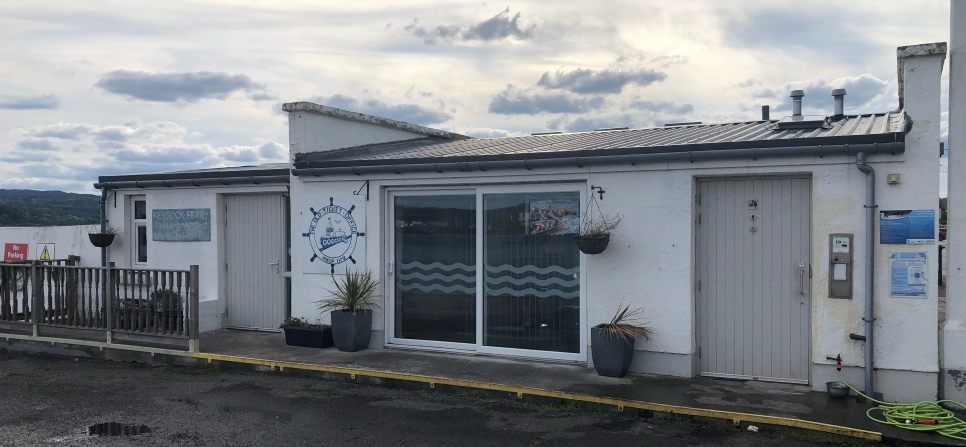The North Kessock Community Hub is now under the management of North Kessock Village Hall.
Final Statement by The Interim Board.
TRANSFER OF UNDERTAKINGS
I can confirm that after 2 years and around 4,000 hours of investigation & review by The Interim Board we have now completed our work and published The Final Report.
The Charity Regulator has confirmed the deletion of NKTOP from the charity Register.
We can also confirm that all assets including the bank account balance have been passed to NKVH and that our final accounts have been submitted to the Charity Regulator.
The interim board are, however, disappointed to note that the former chair of NKTOP has openly admitted, in writing, to withholding information from the Interim Board. The Charity Regulator has been advised accordingly.
The Interim Board
North Kessock Village Hall Website
To make a booking at the hub please go to the Booking Calendar

